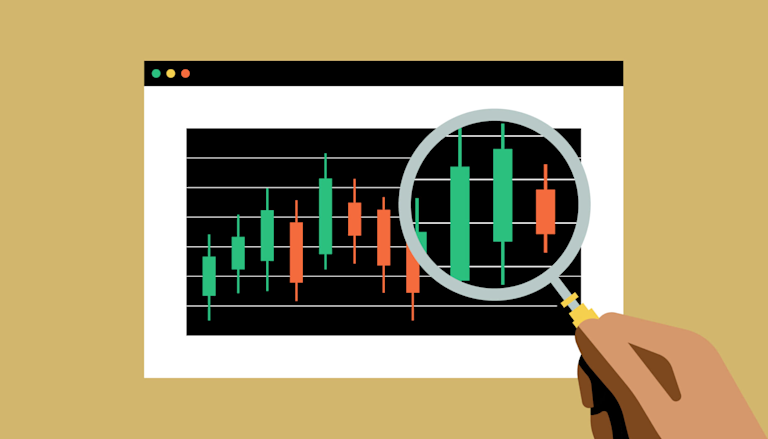Understanding the Dynamics of Crypto Futures Trading 0

Understanding Crypto Futures Trading
In the ever-evolving world of cryptocurrency, trading is where the action sparks excitement, innovation, and potential profits. Among the various trading methods, Crypto Futures Trading stands out as a sophisticated approach. It allows traders to speculate on the future price of cryptocurrencies, which can result in substantial gains or significant losses. For those interested in learning more about the various aspects of Crypto Futures Trading, comprehensive resources such as Crypto Futures Trading http://recursosanimador.com/scripts/librovisitas2.php?pagina=9329 can provide valuable insights.
What are Crypto Futures?
Crypto futures are contracts that obligate the buyer to purchase, or the seller to sell, a specific amount of cryptocurrency at a predetermined price on a specified future date. This financial derivative enables traders to leverage their positions, which means they can control a more substantial amount of a cryptocurrency than they could if they were buying it outright. The allure of leveraging stems from the potential for larger profits; however, it also increases the risk of severe losses.
The Mechanics of Crypto Futures Trading
To engage in Crypto Futures Trading, traders typically use a futures exchange. Most exchanges allow users to take both long and short positions. A long position means that the trader expects the price of the cryptocurrency to rise before the contract expires. Conversely, a short position indicates that a trader believes the price will fall.
Once a position is taken, traders can either close their contract before expiration or let it reach its maturity date. The futures market is marked by its volatility, influenced by various factors, including market sentiment, regulatory developments, and broader economic indicators. As a result, effective technical and fundamental analysis is crucial for success.
Understanding Leverage in Crypto Futures Trading
Leverage is a double-edged sword in the realm of Crypto Futures Trading. It allows traders to maximize their exposure to price movements without needing the entire capital upfront. For instance, if a trader uses 10x leverage, they can open a trade worth $10,000 by only putting up $1,000 of their own funds. While this can multiply gains if the trade goes in the trader’s favor, it also magnifies losses. A small adverse movement in price could lead to a margin call or forced liquidation of a position.
Common Strategies in Crypto Futures Trading
Successful traders often adopt specific strategies to navigate the complexities of the futures market. Below are some common strategies employed in Crypto Futures Trading:
1. Trend Following
Traders utilizing a trend-following strategy aim to capitalize on momentum by identifying and riding market trends. They enter long positions during bullish trends and short positions when bearish trends emerge. Technical indicators like moving averages, Relative Strength Index (RSI), and MACD can assist in determining the strength and direction of trends.
2. Arbitrage
Arbitrage involves exploiting price discrepancies between different exchanges. Traders buy a cryptocurrency at a lower price on one exchange and then sell it at a higher price on another, pocketing the difference. Though this strategy requires rapid execution and may involve transaction fees, its effectiveness can yield profits with minimal risk.
3. Hedging

Hedging is often employed by investors looking to protect their existing positions against adverse price movements. For instance, if an investor holds Bitcoin but is concerned about potential price declines, they may short Bitcoin futures to hedge against losses. This strategy can help stabilize profits and minimize downside risk.
The Risks of Crypto Futures Trading
While Crypto Futures Trading presents opportunities for significant rewards, it is equally fraught with risks. Traders must be aware of the following key risks:
1. Market Volatility
Cryptocurrency markets are notoriously volatile, and rapid price fluctuations can lead to unexpected losses. This volatility can trigger stop-loss orders or cause positions to be liquidated almost instantly.
2. Leverage Risks
As mentioned earlier, leverage can magnify both gains and losses. Traders must use leverage cautiously, as even a small price movement against a position can result in substantial losses.
3. Regulatory Risks
With the regulatory landscape for cryptocurrencies continually evolving, traders face the risk of abrupt changes that could affect the legality of certain trading practices. Keeping abreast of regulatory updates is essential for any trader.
Tips for Successful Crypto Futures Trading
1. **Educate Yourself**: The first step to success is understanding the market. Continuously educate yourself on various trading strategies, market trends, and financial instruments.
2. **Use Risk Management Strategies**: Implement stop-loss orders and maintain a well-diversified portfolio to mitigate risks.
3. **Start Small**: Begin trading with a small amount to gain experience and confidence before committing larger sums.
4. **Stay Informed**: Follow news and market analyses to stay updated on trends, which can significantly impact prices.
5. **Emotional Discipline**: Avoid letting emotions influence your trading decisions. Stick to your strategies and remain composed, even amidst market volatility.
Conclusion
Crypto Futures Trading is a powerful tool for speculating on the price movements of cryptocurrencies. While it offers the promise of substantial profits, it is imperative to recognize the associated risks and complexities. By gaining a robust understanding of market mechanics, employing effective strategies, and practicing sound risk management, traders can enhance their chances of success in the dynamic environment of Crypto Futures Trading.
